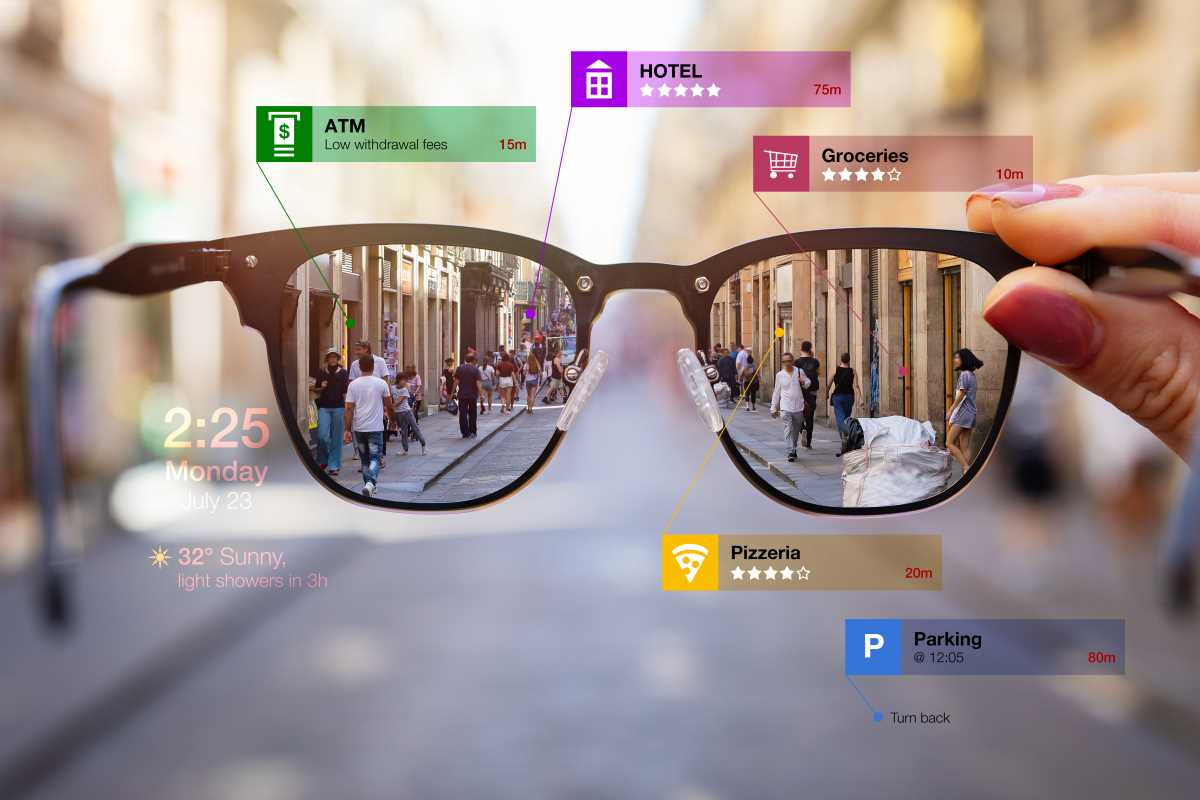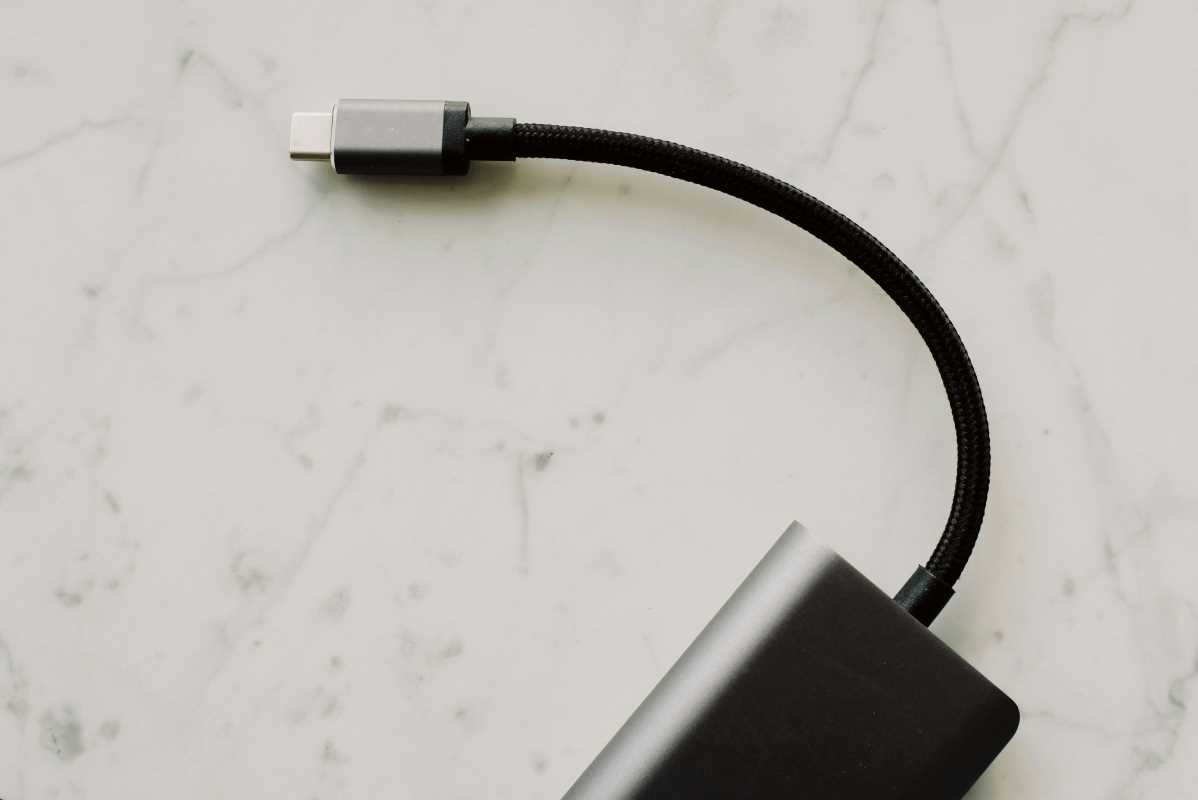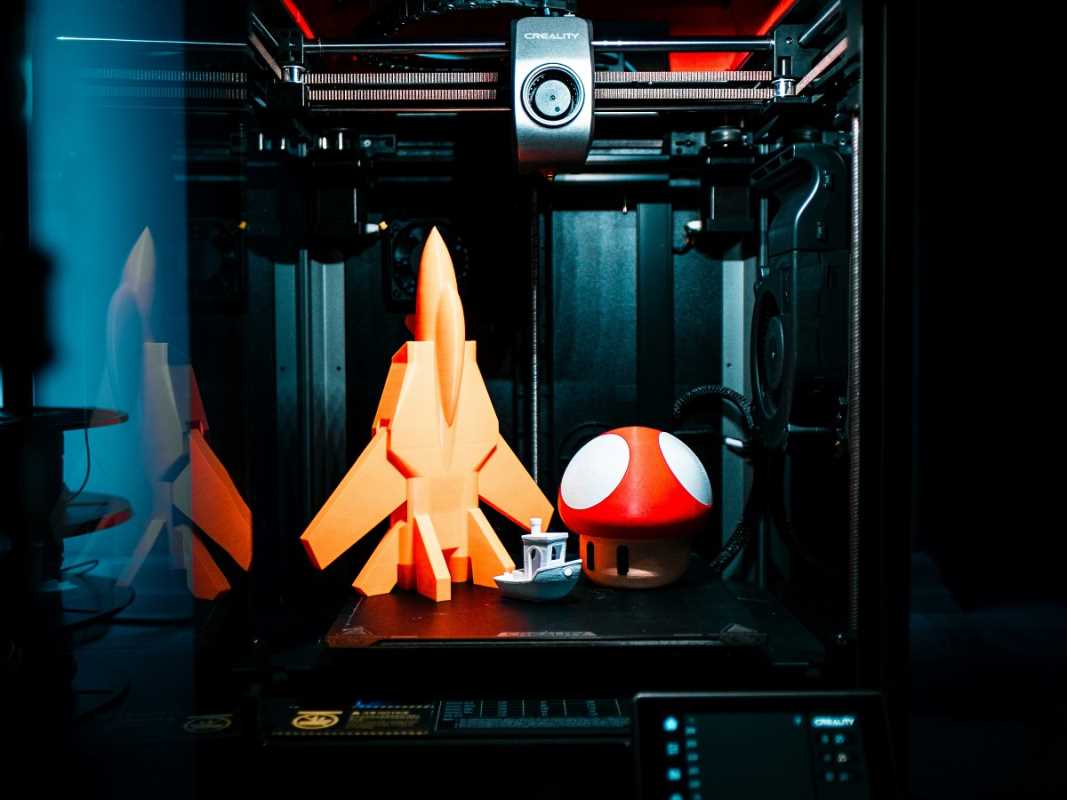Technology moves incredibly fast, with new gadgets and gizmos popping up all the time. The year 2025 is shaping up to be a landmark for consumer tech, pushing the boundaries of what we thought was possible. We're talking about devices that blend our digital and physical worlds in new ways, smart assistants that are actually smart, and sustainable tech that helps us and the planet. These emerging tech gadgets aren't just minor upgrades; they represent a major leap forward in convenience, entertainment, and daily life. You'll see innovations that make your home smarter, your entertainment more immersive, and your connection to the world around you seamless.
The Rise of Augmented Reality Glasses
Augmented Reality, or AR, is technology that overlays digital information onto your real-world view. Think of the heads-up display in a video game, but for real life. For years, AR has been mostly confined to smartphones, but 2025 is the year it truly becomes wearable with the arrival of lightweight, stylish AR glasses. These aren't the bulky headsets of the past. They look and feel like regular eyeglasses but pack a technological punch.
Imagine walking down the street and seeing navigation arrows appear right on the pavement in front of you. You could look at a restaurant and instantly see its menu and reviews floating next to the door. You might get text messages that appear discreetly in your peripheral vision, allowing you to read them without ever pulling out your phone. They provide instant, hands-free access to information, making everyday tasks smoother and more intuitive.
Key Features of 2025 AR Glasses
- Seamless Integration: These devices connect directly to your smartphone, projecting notifications, directions, and other useful data into your line of sight.
- Real-Time Translation: Some models feature live translation. You can look at a sign in another language or have a conversation with someone who speaks a different language, and the translation appears as subtitles in your vision.
- Contextual Information: The glasses use cameras and GPS to understand your surroundings. They can provide details about landmarks you're looking at or help you identify plants and animals on a hike.
- Discreet Design: A major focus for manufacturers is making these glasses look good. The goal is for them to be indistinguishable from regular prescription glasses or sunglasses.
Next-Generation Smart Home Hubs
Smart home devices have been around for a while, but they have often felt disconnected. You might have smart lights from one brand, a thermostat from another, and a security system from a third, all requiring different apps to control. In 2025, the new generation of smart home hubs is finally fixing this problem by focusing on universal compatibility and true intelligence.
These new hubs act as the brain of your home. They use a universal standard called Matter, which allows devices from different companies to talk to each other effortlessly. This means you can finally create powerful routines without worrying about compatibility issues. Beyond just connecting things, these hubs are powered by advanced AI. They learn your family's habits and routines, anticipating your needs without you having to ask.
Foldable and Rollable Devices Go Mainstream
The dream of a phone that turns into a tablet is now a reality, and in 2025, this technology is more refined and affordable than ever. Foldable smartphones have moved beyond being a niche curiosity and are becoming a popular choice for people who want more screen space without carrying a giant device. The hinges are stronger, the screens are more durable, and the software is better optimized to take advantage of the unique form factor.
But the innovation doesn't stop at folding. We are now seeing the first consumer-ready "rollable" devices. Imagine a phone that is the size of a normal smartphone but can expand its screen with the press of a button. The display literally unrolls, growing larger for watching movies or multitasking, then rolls back up when you're done. This technology is also making its way into other devices, like portable TVs that roll up into a small tube and laptops with screens that can expand to give you more digital workspace.
The Evolution of Flexible Displays
- Improved Durability: New materials like ultra-thin glass have made foldable and rollable screens much more resistant to scratches and damage.
- Multi-Window Multitasking: The software on these devices allows you to run multiple apps side-by-side, turning your phone into a true productivity powerhouse.
- New Form Factors: Beyond phones, we're seeing laptops with foldable screens and tablets that can be folded down to the size of a small notebook.
Truly Wireless Charging and Power
Charging cables are one of the last annoying tethers in our increasingly wireless world. While wireless charging pads have been a step in the right direction, they still require you to place your device in a specific spot. The emerging tech of 2025 introduces "over-the-air" wireless charging, which feels like something out of a science fiction movie.
Special transmitters can be placed in a room, and they will safely beam power to any compatible devices within range. This means your phone, earbuds, and smartwatch could be charging constantly while they are in your pocket, on your desk, or on your nightstand. You'd never have to think about plugging in your devices again.
This technology is starting with low-power devices, but the goal is to scale it up. Imagine a future where your TV, lamps, and even kitchen appliances are all powered without cords. This would not only get rid of cable clutter but also allow for incredible flexibility in how we design our living spaces. This is a game-changer for both convenience and home aesthetics.
 (Image via
(Image via





